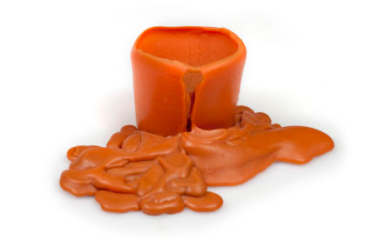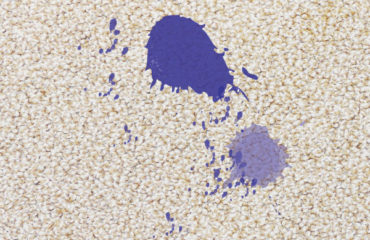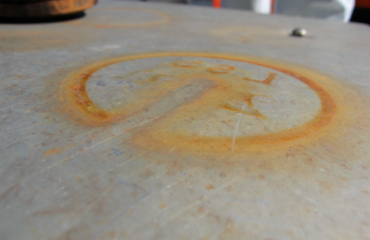Over the years, furniture made from microfibers has gained in popularity. And for several good reasons. Consumers appreciate saving money on furniture purchases, as these synthetic fiber types are usually less expensive than natural fibers. Consumers enjoy the soft “hand” or feel of these polyester or nylon fibers (polyester is the dominant fiber used to manufacture microfibers). They really like to see their furniture after it has been professionally cleaned, since most spots and spills are effectively removed.

What’s not to like?
As a professional cleaner, you might be able to list a few things… but at the end of the day, compared to other popular fibers, microfibers are pretty forgiving and easy to clean. As long as you follow solid, practical procedures.
One of the challenges is thinking a piece of furniture is natural suede, when it is actually a microfiber. This happens more than you might think, and cleaners are turning down work when they can actually do the job.
Know the material
As in all cases, you should test the fibers you are to clean. A simple burn test can provide you with the fiber identification information you need.
At minimum, you should determine if the fiber melts while burning or if it crumbles. Once the burnt fiber has cooled, if it is a hard, plastic bead, you most likely have nylon or polyester. If it crumbles, or leaves virtually no ash, you might have a rayon piece, and will need to clean it as you would a natural fiber.
Cleaning tools
You have a wide selection of furniture cleaning tools to choose from, and with microfibers, it’s important to choose wisely.
A “dry” tool, one with the jet inside the vacuum slot, is a popular choice. Tools with the jet angled to spray across the fabric helps keep moisture to a minimum.
Be sure to use white cotton towels to wipe the fabric as you clean, especially transition areas, as this removes more soil and moisture.
Your tool of choice will still leave cleaning marks. Be sure to groom those out as you clean because if the piece dries with unsightly cleaning marks, they can be a challenge to remove. Those same white cotton towels can be used for grooming, as can a soft-bristled brush.
Cleaning chemistry
With polyester and nylon, you can use a variety of cleaning chemicals, including strong spotting solutions, without much fear of bleeding or shrinkage.
Since polyester is an “oil-loving” fiber, choosing an alkaline upholstery preconditioner is a must. Remember, you need to break down these oils, and that can be a challenge. Adding a small amount of citrus solvent to your preconditioner aids in this as well, but don’t use more than instructed as outlined with the product directions, as some microfiber fabrics can delaminate.
Don’t forget the rinse agent. Running an acid rinse agent through your truckmount or portable means you remove more soil, along with the preconditioner in the fabric, and the piece will stay clean longer. And feel even softer.
Adding protection
While the argument could be made that polyester is naturally stain resistant, adding DryMaster Fabric Shield protection still has its benefits. Reducing the surface tension of the fabric means it will be more stain resistant and stay clean longer, improving customer satisfaction.
.



